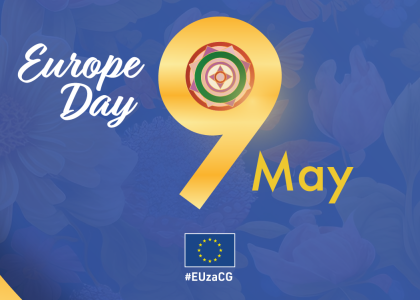Nestled along the shores of the North Sea, the Kingdom of the Netherlands blooms with the charm of vast tulip fields, picturesque canals, and historical landmarks that enchant.
This constitutional monarchy, with territories in Western Europe and the Caribbean, is composed of four parts—Aruba, Curaçao, Sint Maarten, and the Netherlands—which participate as equal partners in the Kingdom.
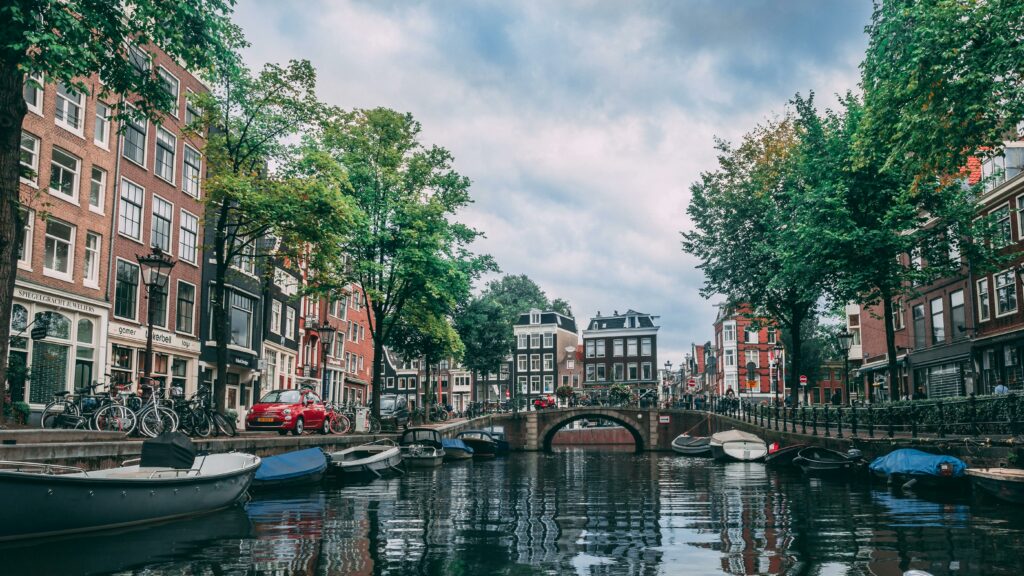
Journeying through the Netherlands offers a unique opportunity to discover the picturesque charm of its cities, where Vermeer, Rembrandt, and Vincent Van Gogh were born. Van Gogh’s Museum in Amsterdam houses the most extensive collection of his paintings and drawings, along with numerous works by his contemporaries.
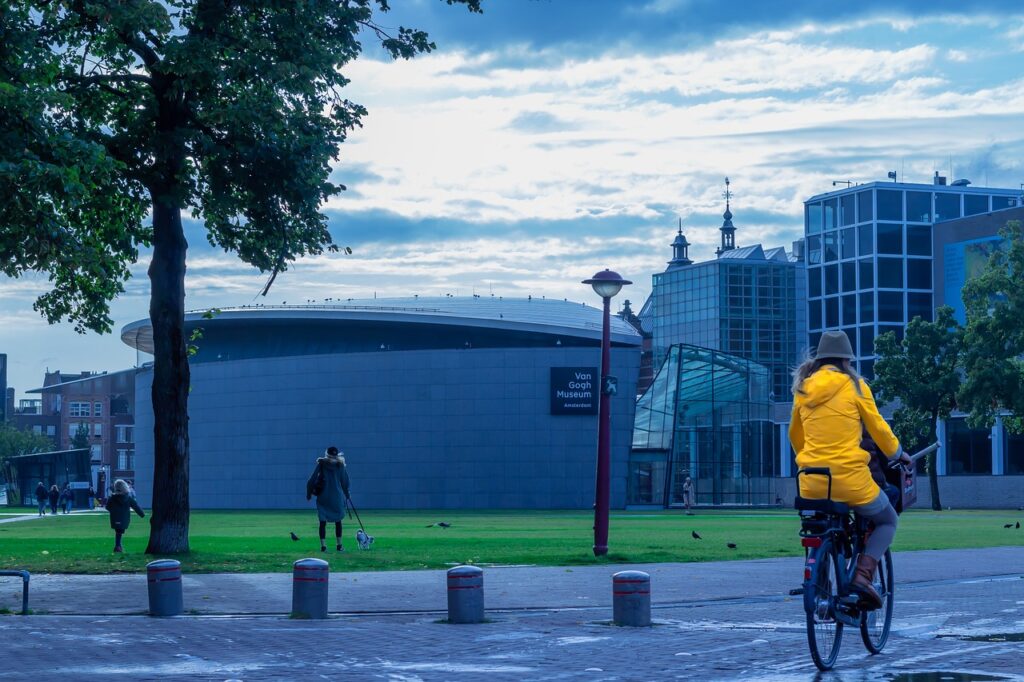
Did you know that the longest word in Dutch has 53 letters? The word “Kindercarnavalsoptochtvoorbereidingswerkzaamhedenplan” could be translated as “preparation activities for a children’s carnival procession.”
The Netherlands boasts one of the world’s most unique urban landscapes—the Amsterdam Canal Ring (Grachtengordel), built in the 17th century.
Just 20 km from the centre of Amsterdam lies Zaanse Schans, where the winds of tradition blow among wooden windmills and colourful houses. This open-air museum complex brings the spirit of the Netherlands’ past to life, providing insight into the lives and work of its inhabitants.
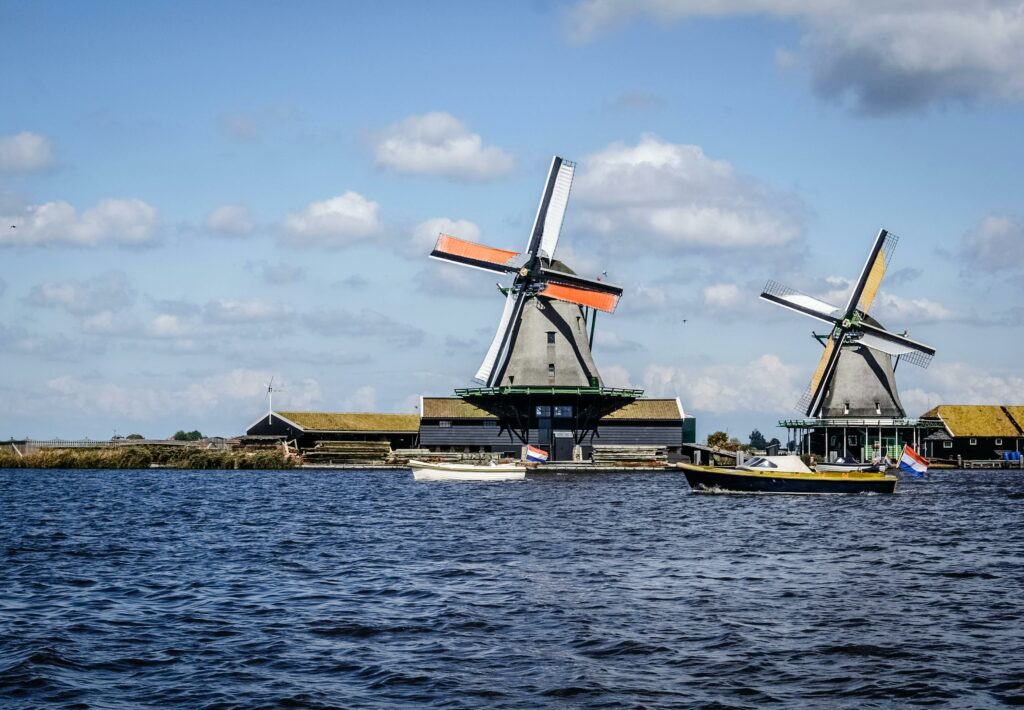
If you want to feel like a true Dutch, you need to own a bicycle.
Did you know that the Netherlands has more bicycles than people?
The Netherlands is home to around 18 million people and 22 million bikes. Since the roads are so flat, it’s easy to get around by bike through its cities.
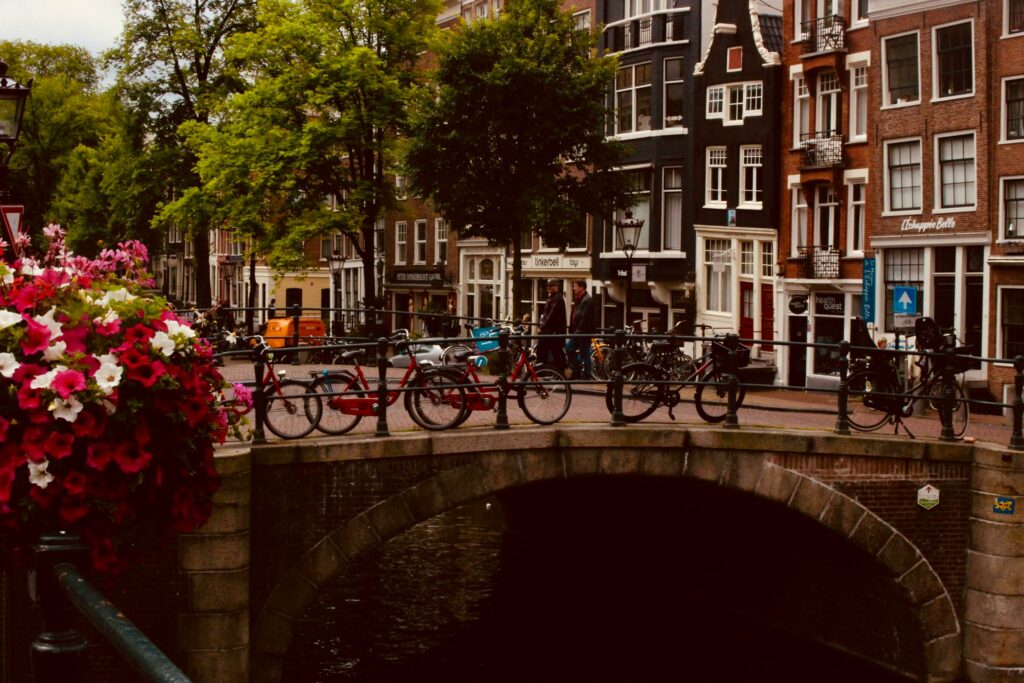
As you pedal through the streets of Amsterdam, it’s essential to stop by the house where Anne Frank wrote her diary during the Second World War, bearing witness to the bravery and suffering of a girl surrounded by the horrors of war.
For over two years, Anne Frank and her family lived in the attic of a building at 263 Prinsengracht Street. During the terrifying and fatal 1944, their secret was revealed, and Anne and members of her family were sent to concentration camps. Only Anne’s father, Otto Frank, survived the war.
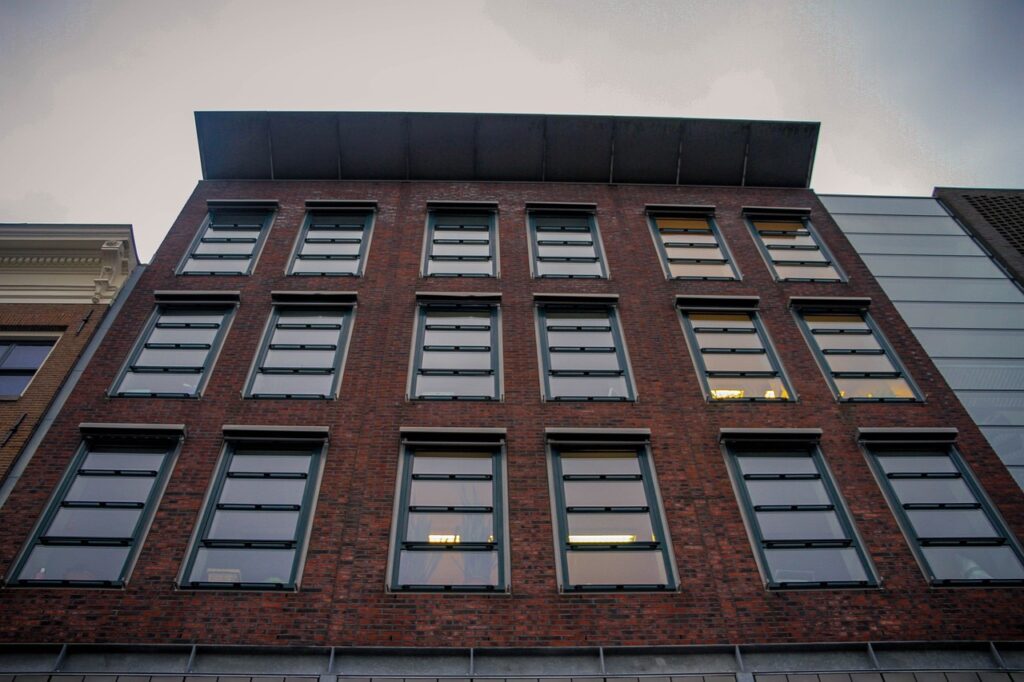
From the tumultuous and bloody Second World War, Europe emerged with a dream of a better and more united world, a world that celebrates diversity. This European dream became a reality through the founding of the EU, of which the Netherlands was one of the founding members.
When discussing the history of the Netherlands, one cannot overlook the history of clog-making, which began centuries ago when thousands of trained shoemakers, primarily farmers, made practical, open shoes as a hobby.
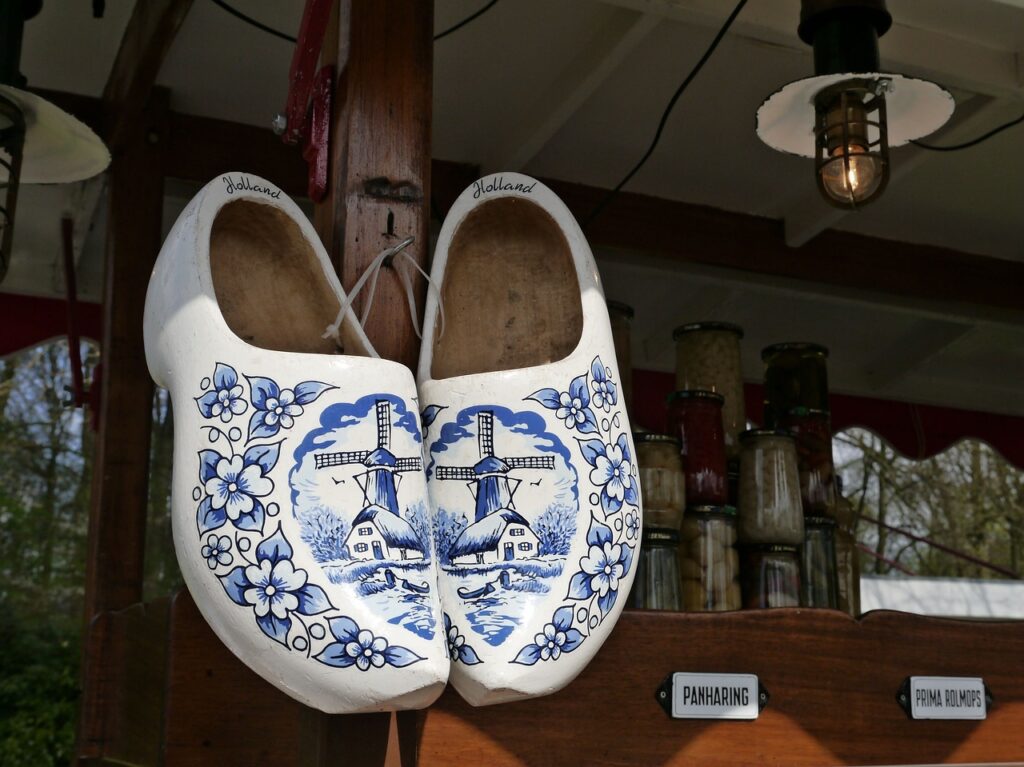
This art was gradually passed down through generations, creating a culture and recognisable symbol throughout Europe, especially in the Netherlands. Initially made from poplar, willow, or apple wood for durability, clogs were traditionally left in their natural wooden colour. However, from the 19th century, shoemakers expanded their imaginative horizons, painting them with various colours and motifs.
The Netherlands’ culture and identity mirrors the daily habits and customs of its inhabitants. Known for their openness and tolerance, the Dutch enjoy the simple pleasures of life, like drinking coffee at a local café.
At noon on 26 April, join us at Europe House for “Coffee with the Ambassador of the Netherlands.”

With Ambassador Joust Reintjes we’ll be talking about his beautiful country, the Orange Festival, tulips, and much more. Guests will also have the opportunity to view an exhibition on media freedom cartoons that will be officially opened that day.
The exhibition is the result of the first regional competition in the Western Balkans organised by Cartoon Movement (Amsterdam) and the Ministry of Foreign Affairs of the Kingdom of the Netherlands.
Works by Dutch cartoonists are an integral part of the exhibition.
The exhibition will be open to the public from 26 April to 20 May (excluding holidays).
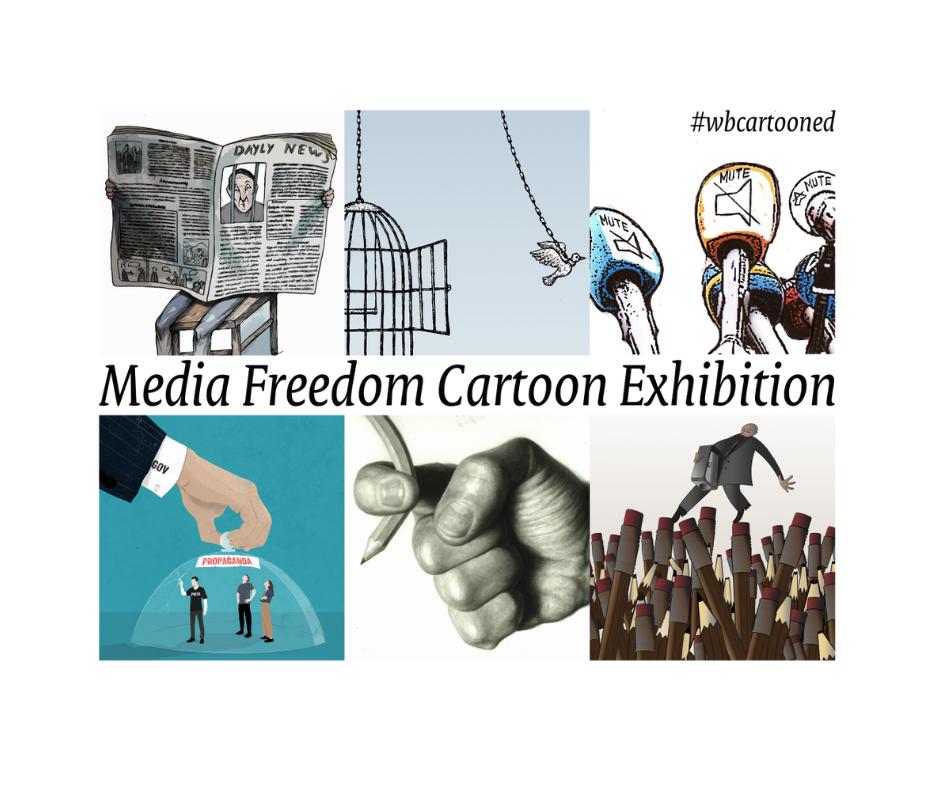
“Coffee with Ambassadors” is the name of the activity through which Europe House opens its doors to citizens, allowing them to get to know representatives of EU member states in Montenegro and learn more about their countries.

